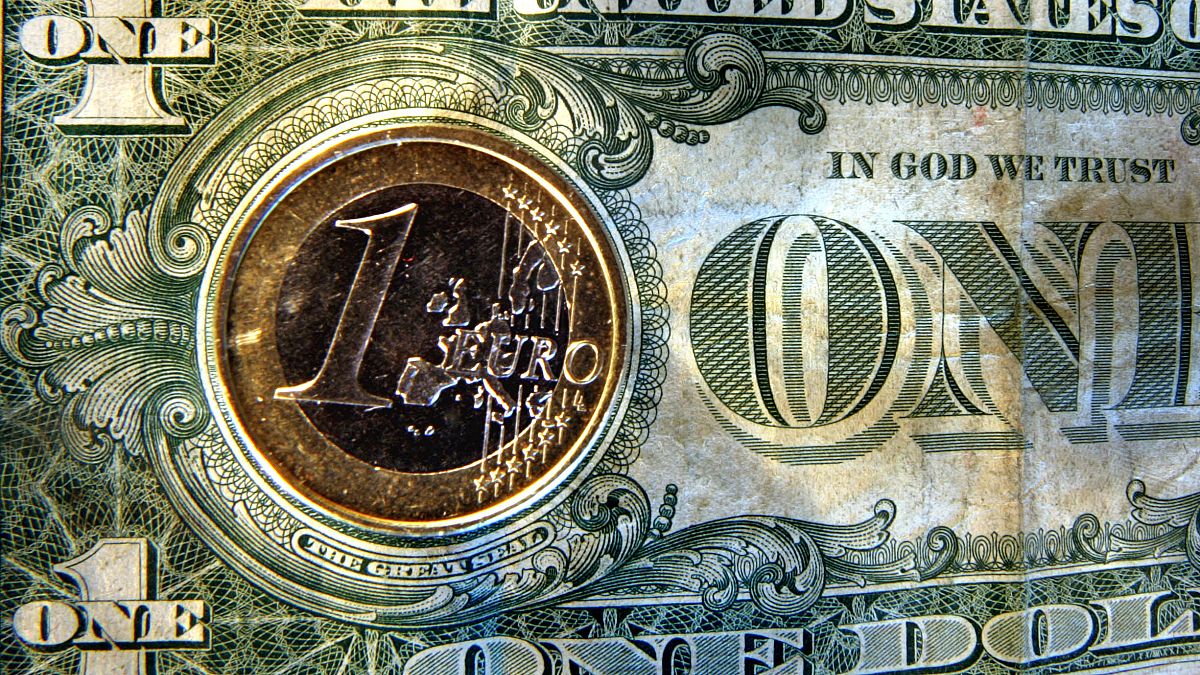As the ECB hints at potential interest rate cuts, contrasting with expectations of delayed US Fed easing due to high inflation, the euro faces downward pressure, hitting a six-month low below 1.07 against the dollar.
The euro's path to parity now hinges on European Central Bank (ECB) actions and US Federal Reserve signals, promising a volatile summer.
As the European Central Bank (ECB) signals potential interest rate cuts starting as early as June, contrasting with the expected delay in monetary easing by the US Federal Reserve due to persistent high inflation, significant questions arise regarding the euro's trajectory against the dollar.
The euro has faced significant downward pressure this week, falling below 1.07 against the dollar to a six-month low. Its weekly performance, down 1.7%, marks the worst since September 2022, amid a shakeup in interest rate expectations among investors.
During the press conference following the ECB's April policy meeting, President Christine Lagarde faced direct questions. "Are you concerned that the euro could return to parity with the dollar? Are you worried that recent increases in US inflation could hinder the ECB's easing plans?"
Her responses, "We don't target exchange rates," and "We are not Fed dependent," indicate that Frankfurt is currently not monitoring the euro's levels and acknowledges the differing dynamics between the US and eurozone economies, with the willingness to downplay the recent hot inflation data on the other side of the Atlantic.
On Friday, Bank of Greece Governor Yannis Stournaras told Bloomberg that the ECB is ready to “diverge from the Fed,” suggesting up to four rate cuts by the end of the year.
Euro bears emerge from hibernation
This week’s ECB remarks risk to pave the way for speculators to begin betting on further declines in the euro.
“Investors have embraced the data divergence between the US and Euro Area,” and expect lower Bund yields versus Treasury yields, according to Bank of America’s April FX and Rates Sentiment Survey.
The survey revealed that 63% of respondents anticipate euro area inflation to settle between 2 and 3% by year-end, with 30% of respondents expecting it to fall below 2%. For 2025, nearly 50% of respondents expect euro area inflation to undershoot 2%.
The fund managers' currency outlook positions the euro as the second most bearish, with only the Japanese yen ranking lower.
Paul Ciana, a technical strategist at Bank of America, notes that the euro has been trading within a narrowing range, unable to breach the trend line resistance established since its peak in 2021.
If there's a weekly close below 1.0725 (which seems increasingly the case), it would confirm the downside potential, potentially leading to a retest of the lows seen in the second half of 2023 at 1.0450 and possibly even the 61.8% retracement level at 1.0201.
Seasonality doesn't offer much relief
Looking at the past 20 years, the euro is poised to enter its weakest month in May, with an average drop of 1% against the dollar and the lowest frequency of gains (only 35% of the time).
June and July have provided marginal relief, with the euro up 0.2% and 0.3%, respectively, both with a 55% gain frequency. However, bearish pressure on the single currency has typically resumed in August, September and October.
In sum, the possibility of a return to parity may not be far-fetched if the ECB cuts rates more than the market currently predicts (three times in 2024) and if the Fed signals a delay in rate cuts until the last quarter of the year.
This scenario sets the stage for a volatile summer for the euro as market analysts and investors scrutinise the ECB’s policy direction and its implications for the euro-dollar exchange rate.



